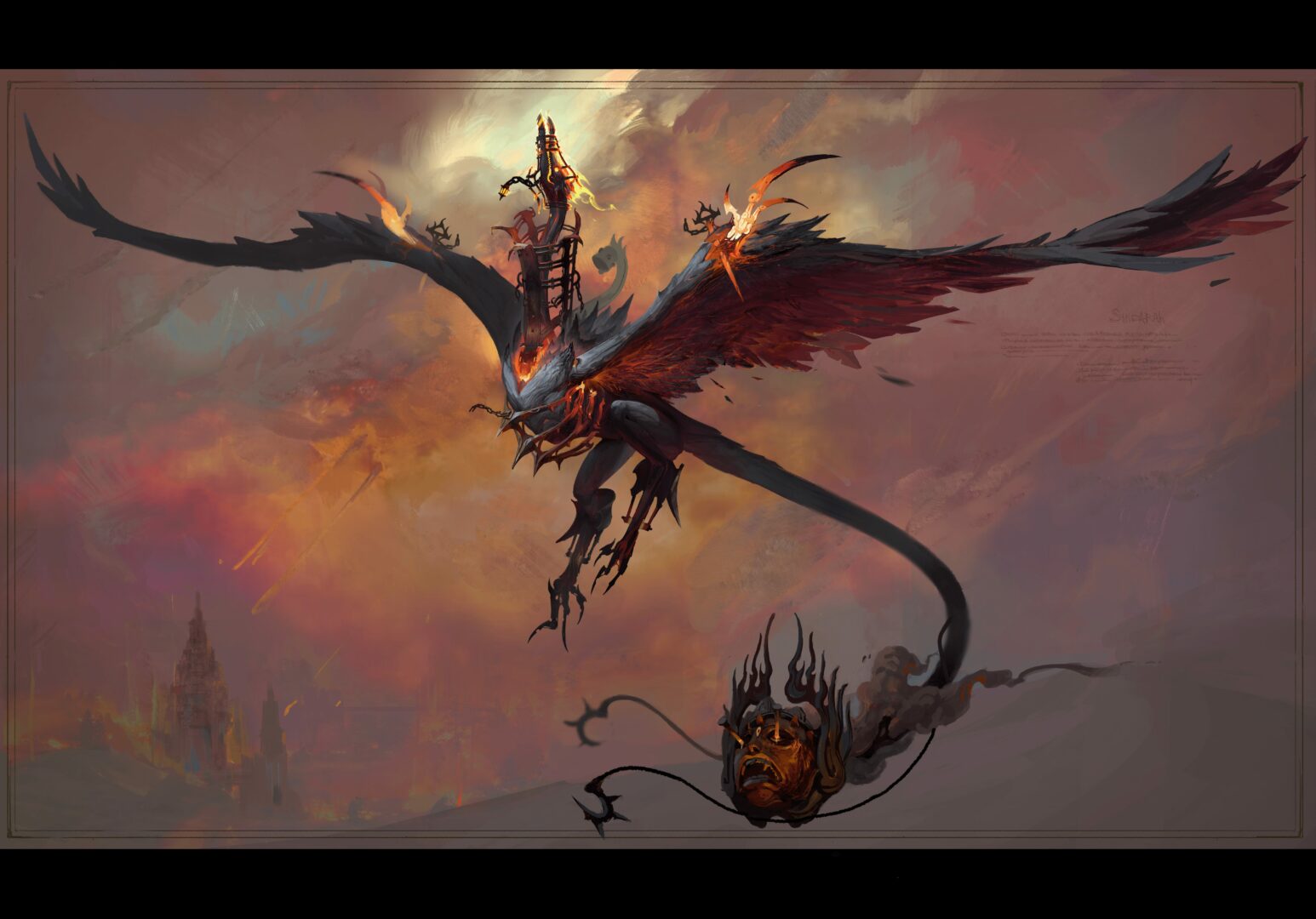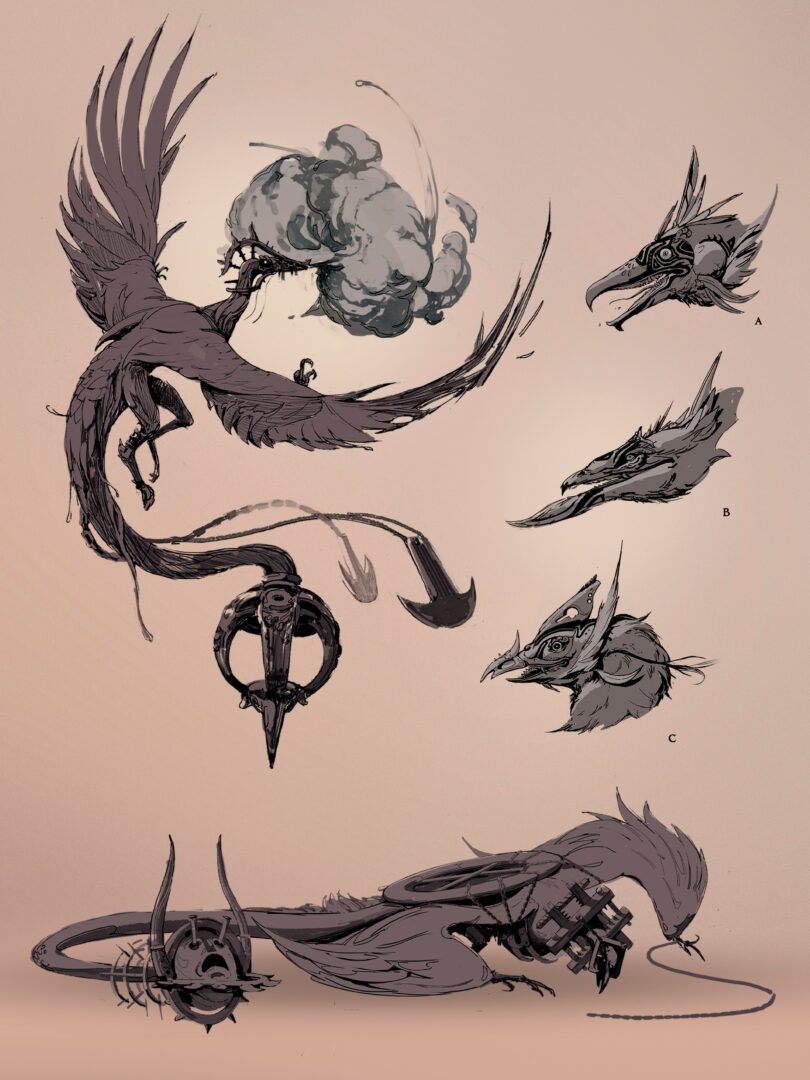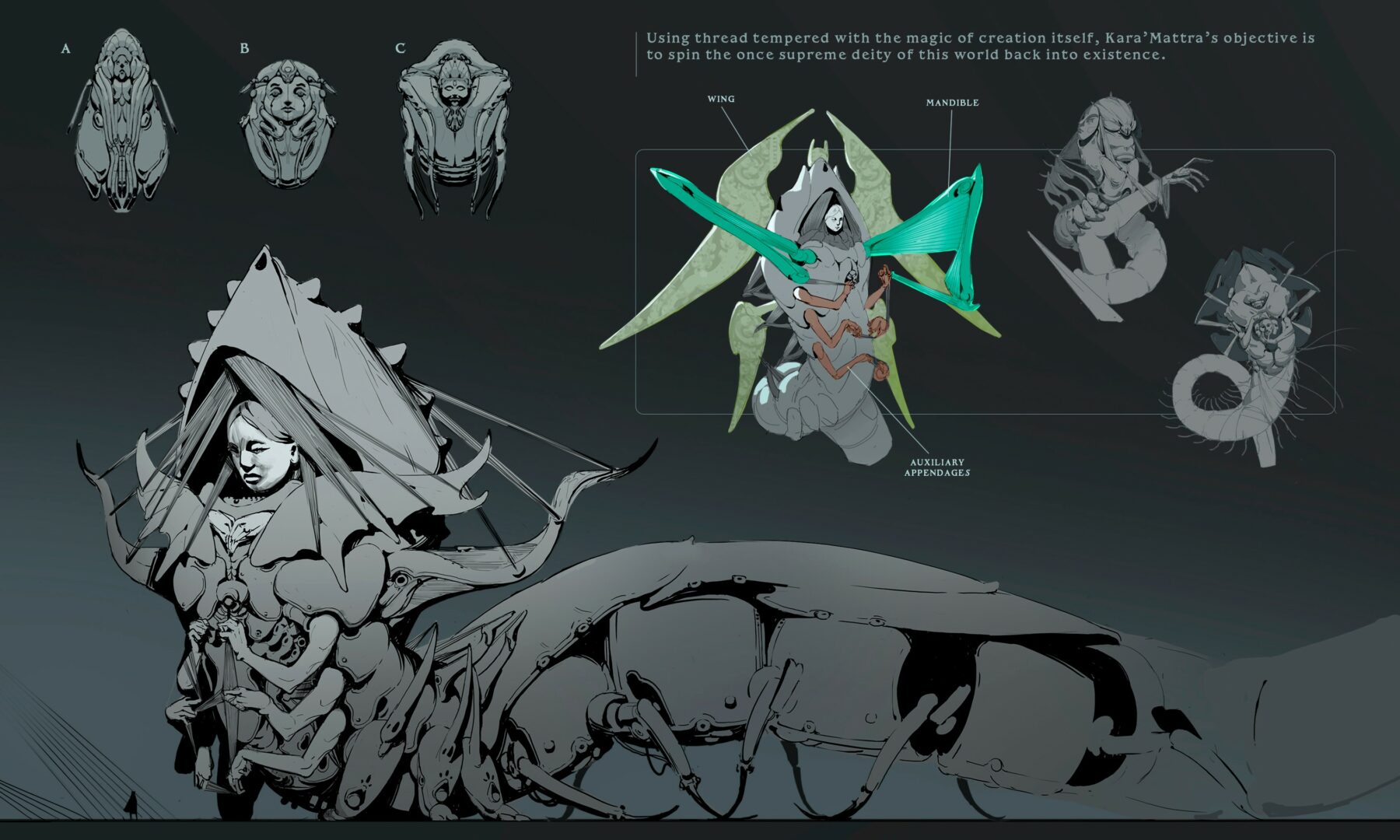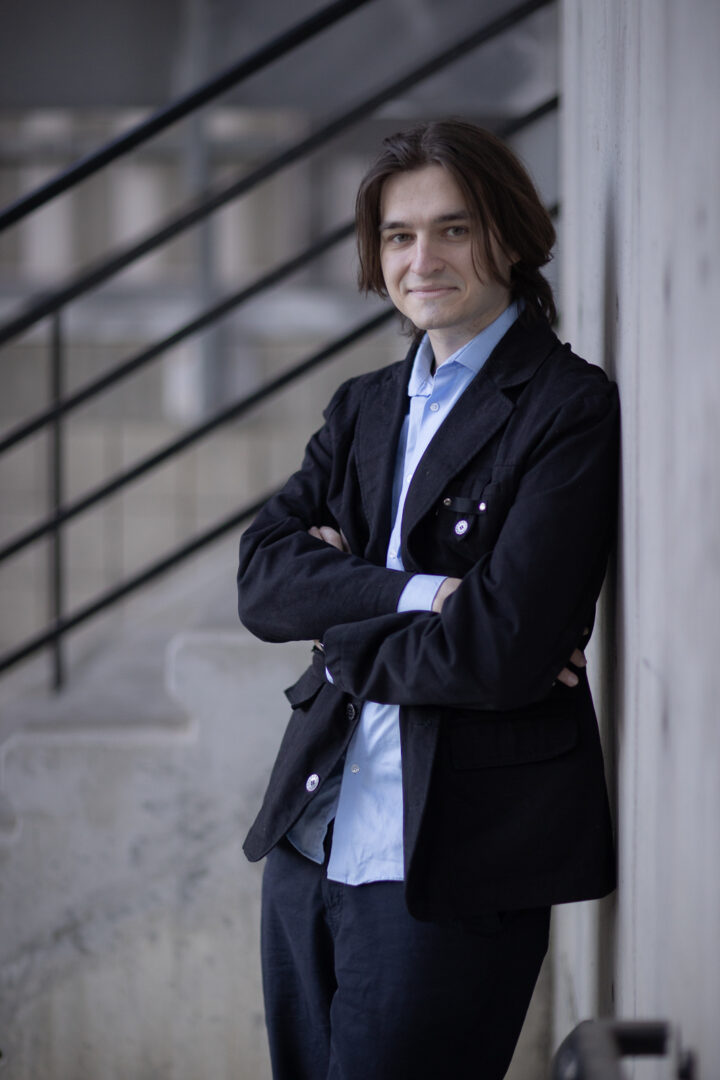Nikita Magnitskiy shared their story and experiences with us recently and you can find our conversation below.
Nikita, it’s always a pleasure to learn from you and your journey. Let’s start with a bit of a warmup: Have any recent moments made you laugh or feel proud?
As you might know, I’m a designer by trade, so naturally, I spend a lot of time around creatives. That said, my longtime childhood friends work in other fields, and I find that catching up with them goes a long way in broadening my own horizons. Most of my high school friends are working in tech right now—it’s a totally different world from art. I don’t get to see them as often as I’d like, so it’s always a special occasion when the opportunity arises.
This summer, two of my best friends came to visit me in LA for a short while. Every day in July felt like a small adventure in its own right, and honestly, there were too many moments of laughter—induced by humor esoteric enough for me to omit explanation. (If the mention of Phoenician silver gets a giggle out of you, you might be in on it!)
Jokes aside, the long-overdue reunion left me feeling intensely proud. One of my friends is boldly pursuing a career in entrepreneurship while balancing figure drawing as a hobby. He’s made outstanding progress as both an inventor and a draftsman since we last met.
The other is making a difference as a machine learning engineer in the medical field. He’s always had a keen sense of altruism and a deep curiosity about the world, and seeing that translate into his career has been awesome.
So yeah, my friends are alright!
Can you briefly introduce yourself and share what makes you or your brand unique?
I am a concept artist primarily working in games! The main goal of my work is ensuring my client’s projects develop a strong visual identity while being an effective collaborator—always working towards a cohesive vision with other artists.
The kind of problems I solve aren’t always straightforward and require meticulous ideation, iteration and lots of prototyping. How do we design a character that fits in our game world? How do we make them feel alive? How do we tell the story we want to tell? These are some of the challenges I tackle on a daily basis.
Currently I am working on Soul Survivor, a tabletop arena game being developed by Oviedo Games. I was lucky enough to join when Soul Survivor was defining its visual identity, so I’ve had the pleasure of helping establish the art direction for this exciting project.
Okay, so here’s a deep one: What’s a moment that really shaped how you see the world?
As I’ve mentioned before, people in different lines of work have vastly different perspectives. What we do shapes our environment—and in turn our environment shapes us. It’s a total feedback loop.
From the moment I picked up a pencil my perception of the world has been continuously shaped by my own artistic practice. The things I gravitate toward inform my work, and in turn, I put more of those things out into the world.
It’s counterintuitive, but some of the best art is made when designers let their preferences guide them instead of striving for objectivity. That’s how you develop a point of view—and that’s the most valuable thing you can have as an artist.
What did suffering teach you that success never could?
Suffering might be a strong word, but in all honesty a great deal of it can come from failure. Failure can be incredibly uncomfortable, especially when you don’t have any tools to deal with it.
Lately, I’ve been reflecting how resilient I was toward failure as a child. In my teenage years any sort of embarrassment, be it academic, social or even something as close to heart as drawing was so fleeting that it never meaningfully hurt me.
Intuitively I understood that failures don’t define you and in all honesty, neither do successes. Your work isn’t a definitive snapshot of your quality as a person; you have to let it be it’s own thing. In my case it’s just an image on a screen. The only consequence of making a bad one is that you get to make a whole lot more and that’s kind of great!
Next, maybe we can discuss some of your foundational philosophies and views? How do you differentiate between fads and real foundational shifts?
For me, it’s a balancing act between evaluating outcomes and taking a close look at how innovation gels with existing pipelines.
The first part is self-explanatory; for something to be impactful, it has to create positive outcomes in its field. The second part is a bit trickier.
I think powerful innovation is usually additive, in the sense that it builds on top of established skillsets within an industry. 3D is a good example of that in my field – it gels really well with skills that designers and artists already have. That’s probably a big reason for its sticking power so far.
Before we go, we’d love to hear your thoughts on some longer-run, legacy type questions. What do you think people will most misunderstand about your legacy?
I assume people will underestimate how much help I had getting to where I eventually end up. I’ve been very lucky to have a lot of amazing people rooting for me, including friends, family and co-workers. All I can hope is that I can do the same for them on their own journeys!
Contact Info:
- Website: https://nikitasdoodles.myportfolio.com/
- Instagram: https://www.instagram.com/cg_keets/
- Linkedin: https://www.linkedin.com/in/cgnikita/
- Other: https://oviedogames.com/
https://www.instagram.com/oviedogamesofficial/






Image Credits
Eric Ng
so if you or someone you know deserves recognition please let us know here.




